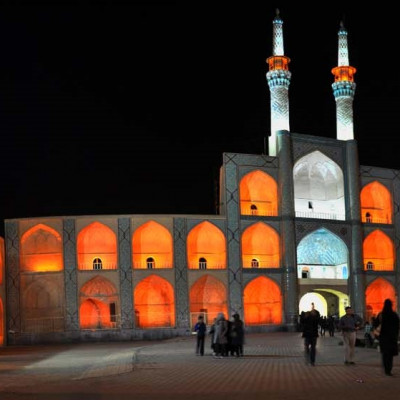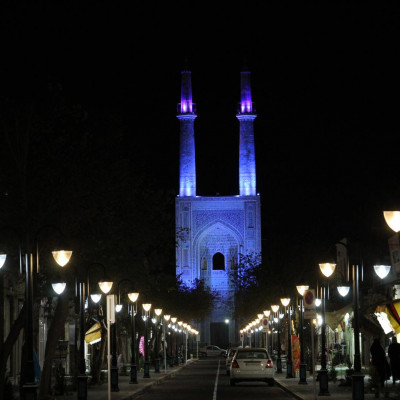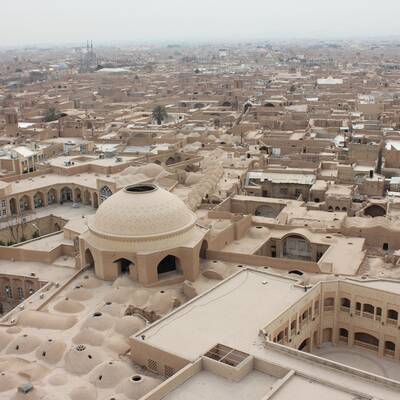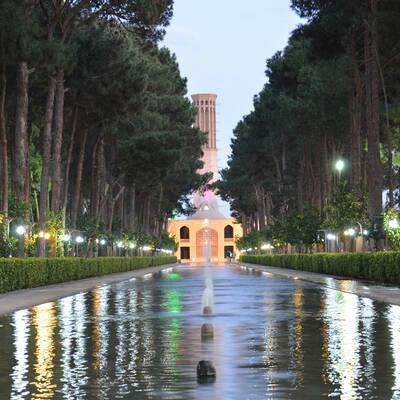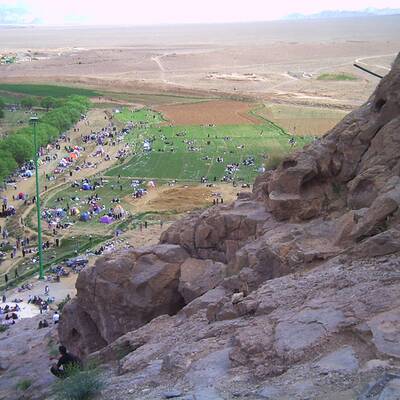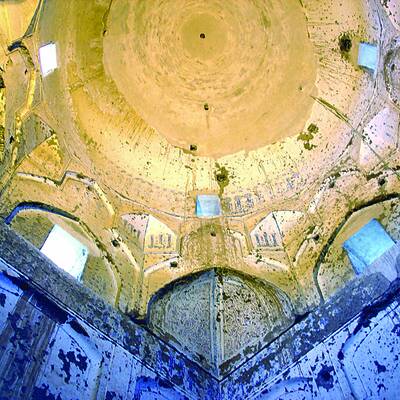
Yazd Natural Science Museum
Natural Science Museum of Yazd was established in 1367 SH by the Department of Education of the province and under the supervision of a science community inside an old school named Iranshahr, in Rajaei street of Yazd city, and it developed gradually. Iranshahr school was designed and built, using adobe, clay and brick, in 1310 to 1313 SH in Yazd by some Yazd masters collaborated with Andre Godard and Maxime Siroux, the French archaeologist and architect who was among those who were dispatched to Iran in time of Pahlavi. Using the elements like porch as a sunshade and elongation and orientation of the building indicate the consistency with and considering the context and climatic factors. Two arcs have been used in the design of this building; the first is the indicator of Sassanid architecture and the second of Safavid style.
Iranshahr museum-school is a one-story building with a large basement. The south side of this building is a rectangle, from east to westward, where the conference hall and classrooms are placed and built the main body of the building. The main body has a long and symmetrical view. The structure is considered to be the first high school of Yazd and inscribed on the index of Iran National Heritages in 1377 SH.
The Museum of Natural Science in Yazd with more than 3500 square meter area is placed in the bottom part of the school and includes four sections of geology, biology, physic and astronomy each has some subsets like botany, zoology, anatomy, observatory, mathematics and computing and the studio of taxidermy.
In fact, science museums are more an educational environment than an exhibitive one where the main goal is providing the opportunity of people’s participation in learning science in a new way. One of the purposes of establishing the museum of Yazd, that is one of the highlighted museums of Iran, is collecting the natural and biological species, presenting different experiments to the visitors, publicizing the science, promoting scientific thinking in the society and completing the prior knowledge of students.
